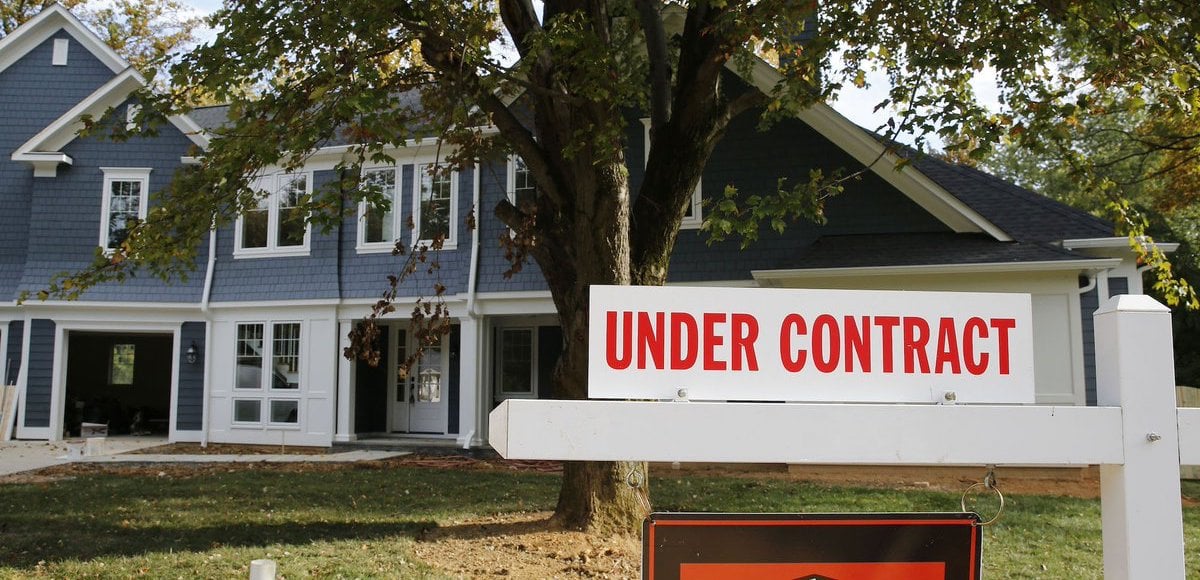

A under contract sign on a home previously for sale in Vienna, Va. (Photo: Reuters)
The Pending Home Sales Index (PHSI) gained 0.2% to 109.5 in November from 109.3 in October, remaining at its highest reading since June (110.0) and now 0.8% above a year ago.
“The housing market is closing the year on a stronger note than earlier this summer, backed by solid job creation and an economy that has kicked into a higher gear,” NAR chief economist Lawrence Yun said. “However, new buyers coming into the market are finding out quickly that their options are limited and competition is robust. Realtors® say many would-be buyers from earlier this year, stifled by tight supply and higher prices, are still trying to buy a home.”
Sales prices were up 5.8% and the 3.4-month supply of homes on the market was the lowest since NAR began tracking in 1999. With the tightest inventory levels ever and prices at a rate more than double wage growth, Mr. Yun said the question for 2018 to answer is whether available supply levels can gain enough to slow price growth and make buying a home more affordable.
“The strengthening economy, and expectation that more millennials will want to buy, serve as promising signs for solid home-buying demand next year, while also putting additional pressure on inventory levels and affordability,” Mr. Yun added. “Sales do have room for growth in most areas, but nationally, overall activity could be slightly negative. Markets with high home prices and property taxes will likely feel some impact from the reduced tax benefits of owning a home.”
Mr. Yun is forecasting existing-home sales to finish 2017 at around 5.54 million, which is 1.7% higher than 2016 (5.45 million). The national median existing-home price this year is expected to gain by roughly 6%. In 2018, he is forecasting a decline of 0.4% in existing sales (5.52 million), and price growth to moderate to around 2%.
Regionally, the PHSI in the Northeast gained 4.1% to 98.9 in November and is now 1.1% above a year ago. In the Midwest, pending home sales rose slightly 0.4% to 105.8 in November and is now 0.8% higher than November 2016.
Pending home sales in the South fell 0.4% to an index of 123.1 but are still 2.5% higher than they were in November 2016. The index in the West fell 1.8% in November to 100.4 and is now 2.3% below a year ago.
The most damning journalistic sin committed by the media during the era of Russia collusion…
The first ecological study finds mask mandates were not effective at slowing the spread of…
On "What Are the Odds?" Monday, Robert Barnes and Rich Baris note how big tech…
On "What Are the Odds?" Monday, Robert Barnes and Rich Baris discuss why America First…
Personal income fell $1,516.6 billion (7.1%) in February, roughly the consensus forecast, while consumer spending…
Research finds those previously infected by or vaccinated against SARS-CoV-2 are not at risk of…
This website uses cookies.